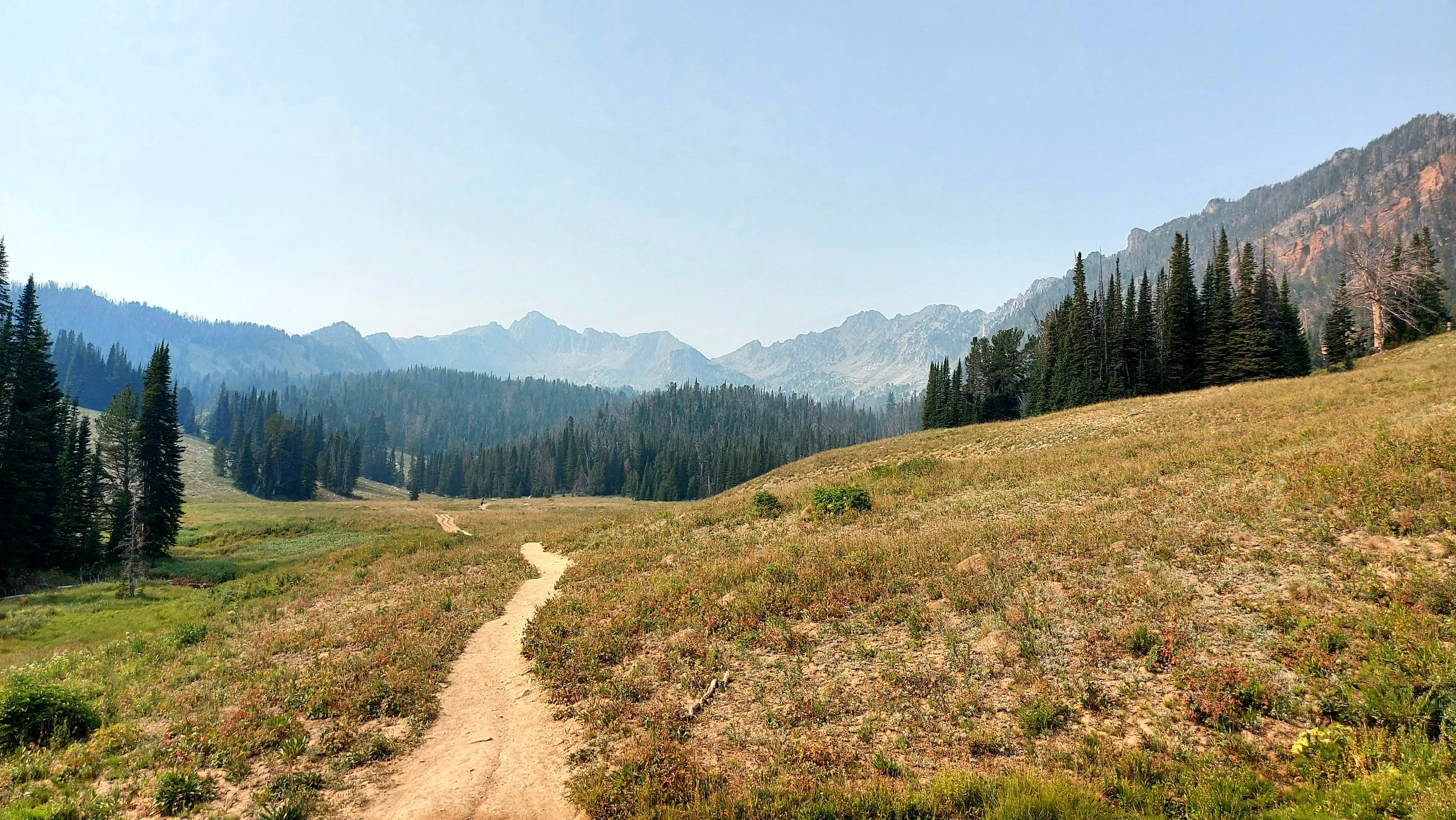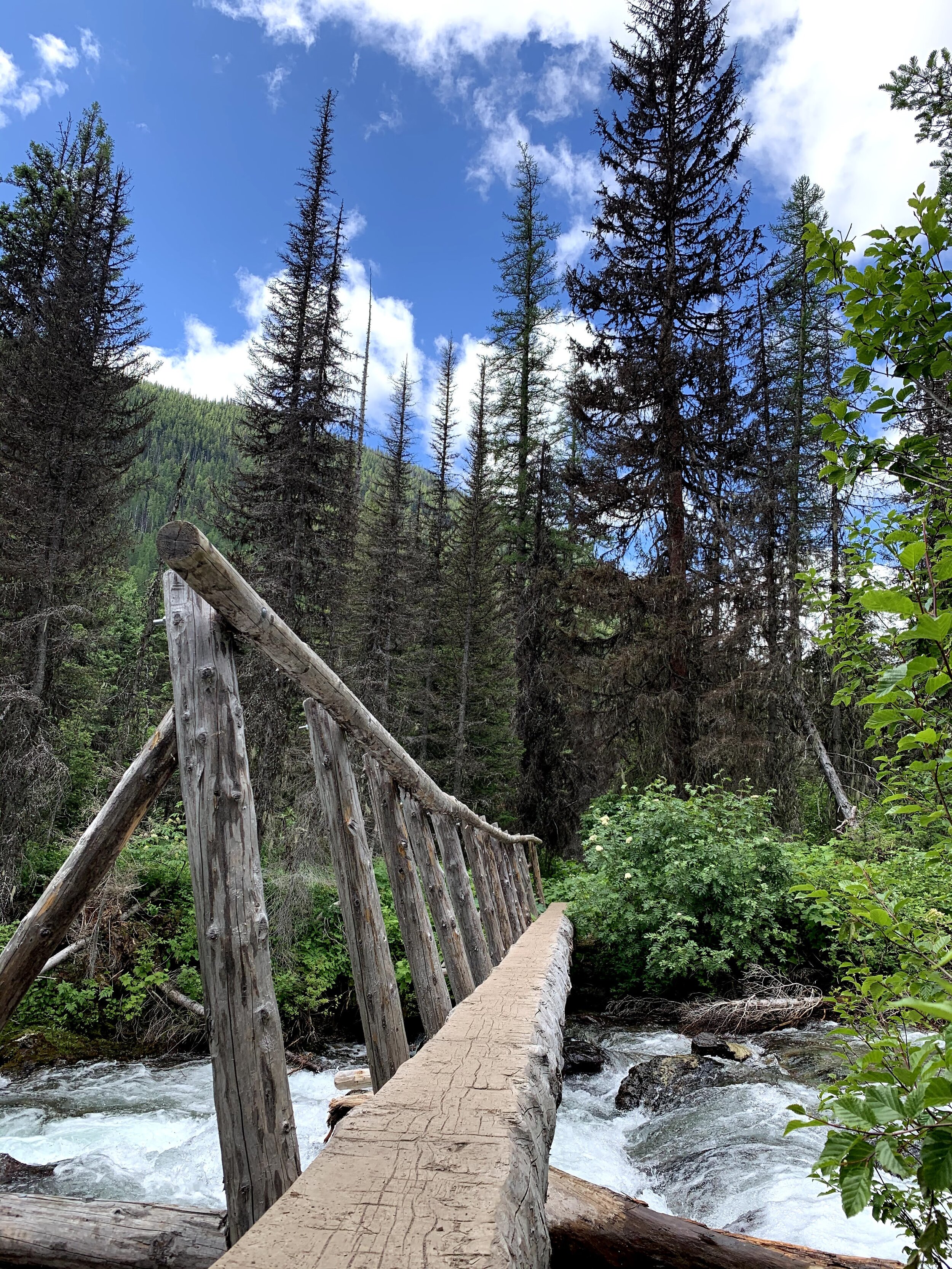
Courses
Choose from our courses below or customize one to match your interests!
Birds of Montana
-
2 hours
-
Scientists and experts from various agencies may join us when available.
Learn how to focus and use binoculars correctly for bird observation.
Identify several Montana bird species and learn about each observed species.
Determine the family, genus, and species of the birds observed.
Use bird calls to identify individual birds.
Observe and classify mounted bird specimens.
Utilize field guides for accurate identification.
Owl Pellet Dissection
-
2 hours
-
wildlife biologist from varying agencies may accompany us when available
learn about the 15 different species of owls that live in Montana
be able to identify them by sight and vocalizations
explore the vocalizations that owls make
dissect an owl pellet to identify their prey
classify the bones in the pellet into rodent, bird or other
label the bones that are found in the pellet
Local trapper
-
2 hours
-
Bob, a local resident, will come and talk about trapping and tell stories of his trapping days
identify the skins of several animals
examine different kinds of traps and determine how they work
learn how to get a dog out of a trap
identify the best locations for a trap and then set one
Map and Compass
-
2 -3 hours
-
learn how to use a compass
use a Silva compass to walk a determined bearing
determine your location using an overhead photo and compass
see how fire fighters and lookout tower personnel use compasses to determine the location of a fire
use the new skills to make a scavenger hunt for your friends
Add another hour or two and use the new skills to get through an orienteering course set up by Grizzly Orienteering. If this extra hour is added a portion of your fees will go towards Grizzly Orienteering to continue the sport throughout Montana.
Hike to Morell Falls
-
5 hours
-
easy 5 mile round trip hike to the falls in the mountains of Montana
learn about and observe the trees, plants, and some animals in the area
pending approval
Topographic Maps
-
2 Hours
-
be able to interpret a topo map
learn about elevation, slope, scale
create a 3D model of a given section of the topo map
create a topo map of the area
identify land features
use a compass to find a bearing to a land feature
difference in contour lines and contour intervals
Montana Mammals
-
2 hours
-
scientists/experts from varying agencies may accompany us when available
if there is a certain mammal that you are interested in we will locate a scientist that works with that animal or is studying it and bring them out to the campus
explore different species or specialize in a few (choose the MT mammals you want)
learn how to identify them, their habitat, diet and vocalizations
Determine the family, genus and species of each
observe and classify mounted specimens
use field guides
MT Native & Invasive Plants
-
2 hours
(Spring is the best time for this course)
-
botanist/scientist/experts from varying agencies may accompany us when available
this course has a heavy focus on dichotomous keys
use dichotomous keys to identify several common native and invasive plants that live in Montana
describe the plants’ role in the ecosystem
learn common leaf morphologies
students make their own dichotomous keys of a few plants that others will use to identify the plant
learn the difference between grasses, forbs, shrubs and trees
Native American Games
-
2-3 hours
(Pick a few or do a little bit of each)
-
be able to identify the tribes in Montana and locate them on a map
play these games:
double ball
stick and bone
tie up game
hoop and arrow (design and make the hoops and arrows for the game)
run and scream
make the stick jump
Skull Identification
-
2 hours
-
observe the skulls of over 15 different species
learn about the names of several bones in the skull
determine if the skull is one of a predator or prey
place skulls in family groups
use a skull dichotomous key to determine the identity of the skull
Glaciers
-
2 hours
-
learn how glaciers erode the land
get the facts on Glacial Lake Missoula
examine and make the landforms that glaciers make
Water Bottle Rocketry
-
3-4 hours
-
STEM awesomeness!!
create individual rockets
launch them
make modifications and relaunch
make more modifications and relaunch
maybe even add a parachute and relaunch
experiment with different PSI’s and see how it affects the height
Identify Animal Tracks
-
2 hours
-
wildlife biologist from varying agencies may accompany us when available
use guides to accurately identify tracks
measure tracks, gait, stride and straddle
interpret the tracks
identify and follow game trails
age the tracks
classify tracks by family (ex. ungulate, mustelids, ursidae)
probable reasons why the animal is in the area
cast tracks when available
make your own tracks with molds and casts
Wild Skies Raptor Center
-
1.5 hours
-
Wild Skies Raptor Center is a 501(c)3 non-profit organization dedicated to providing rescue, rehabilitation, and release of injured raptors in western Montana.
Brooke and Jesse will get you up close and personal with live raptors
learn about diet, habitat, and other cool facts about individual raptors such as great horned owls, red tailed hawks, merlins, and kestrels, to name a few
if this course is selected, a portion of your fees will be donated to Wild Skies to help feed the raptors or get the supplies they need
Telemetry
-
2 hours
-
Montana Fish Wildlife and Parks or a Blackfoot Challenge employee will host this course
receive hands on instruction on how to use telemetry equipment to locate a radio collar and then try it out
determine what animals may have radio collars on them and why
examine what data can be collected from the radio collars
Break in Boxes
-
2 hours
-
students will use their problem solving skills and knowledge to figure out the clues to unlock the locks to see what is inside the boxes
the topics of these boxes can be earth, life or physical science
Geocaching
-
4 hours
-
find hidden treasures in the woods off the campus using a GPS unit
each student will learn how to enter the latitude and longitude in a GPS unit
small groups of students work together to find their geocache while others wait their turn
G Wiz
-
1-2 hours
-
retired chemistry professor will bestow his magic of chemistry
students will get to try out some of the magic
learn about different kinds of reactions and how they work
for the second hour he has a PPT on how bees were trained to sniff out explosives
Forestry
-
2 hours
-
foresters from varying agencies may accompany us when available
learn about and use the tools that foresters use
look at a day/week in the life as a forester
take a look into forest management
identify individual tree species
analyze the cones
learn about the areas that certain trees grow
use an increment borer to get the age of the tree
learn about tree structure
get heights of trees using:
trigonometric functions
a stick and pacing
a clinometer
a laser
Fire on The landscape
-
1.5 hours
-
learn about the pros and cons of wild fires
explore the fire triangle
learn about ladder fuels and experiment with them
create a tree to see how it will hold up against a ground fire
work with a group to create a forest and see how it holds up to a ground fire
When available a Department of Natural Resources and Conservation Fire Operations Specialist will be the lead instructors for this course
Primitive Skills
-
2-3 hours
-
use an atlatl to throw arrows
throw knives
make a fire
see primitive weapons
use a bow drill
do some flint knapping
Garnet Ghost Town
-
4 hours
-
travel to one of the most intact and well preserved ghost towns in Montana
BLM Park Rangers or volunteers will teach you about the history of this gold mining town that was booming in 1898
take a tour of the Sierra Mine with BLM employees
capture some photographs of the area
have some time to explore
Archery
-
2-3 hours
-
learn how to shoot a compound bow at targets
understand the physics behind how a bow works
learn about local wildlife as we go through the course
Photography
-
2 hours
-
local professional photographer will help students fine tune their photography skills
students use their own phones to take pictures of the outside world
WildCrafting and Wilderness Skills with Montana Folk School
-
2- 4 hours depending on the course selected
-
Foraging for Wild Edibles and Medicinals
Traditional Shelter Building
Stalking, Invisibility, and Camouflage
Spoon Carving- Knife and Carving Skills
Cordage Making
Pine Needle Basketry
Cattail Basketry
Fire Building Skills
Making Burn Bowls
Wild Fibers - Wool Felting
Nature Connection Games
Nature Journaling

“In every walk with nature one receives far more than he seeks.”
― John Muir

























